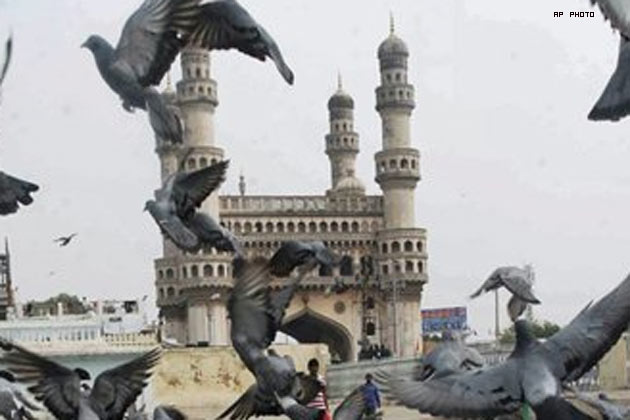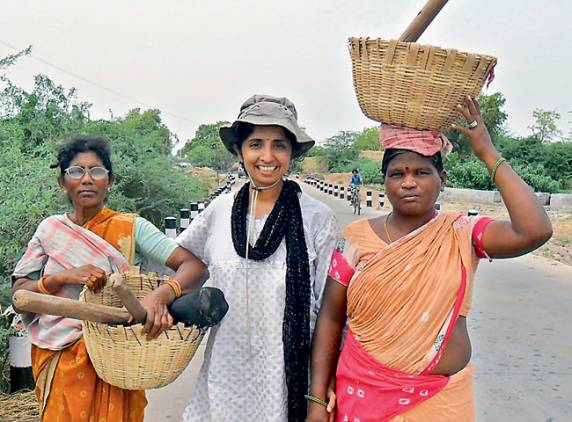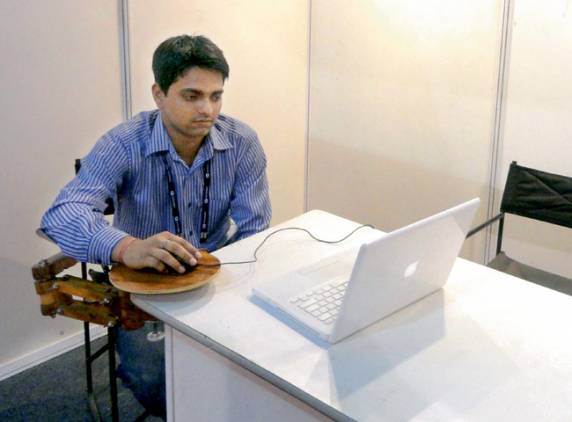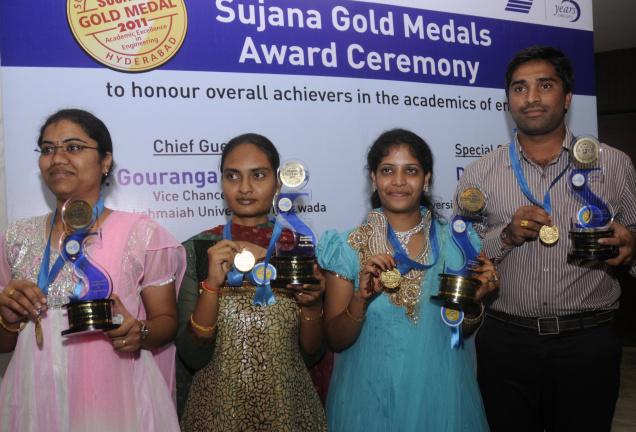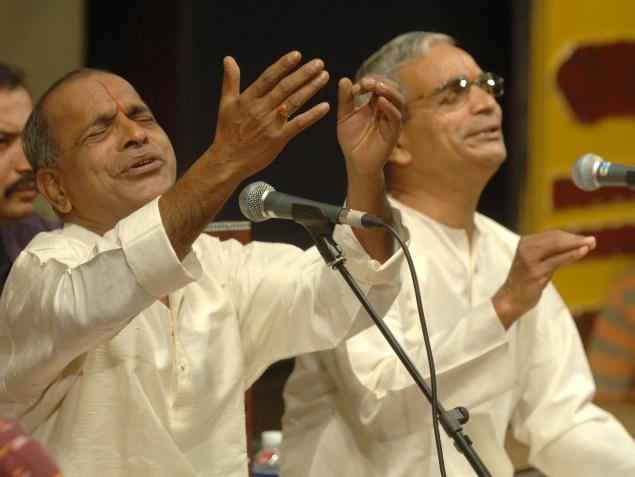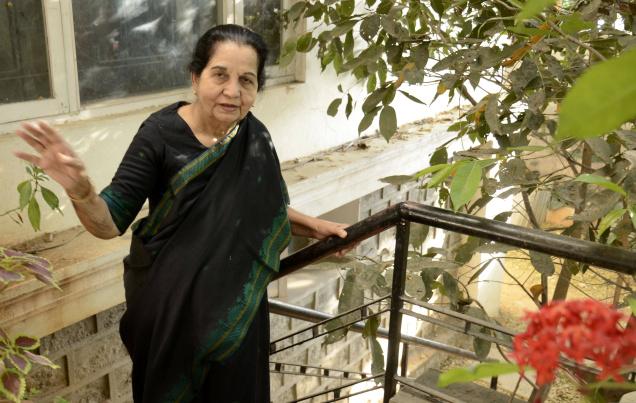
Urdu writer Jeelani Bano Photo: Nagara Gopal
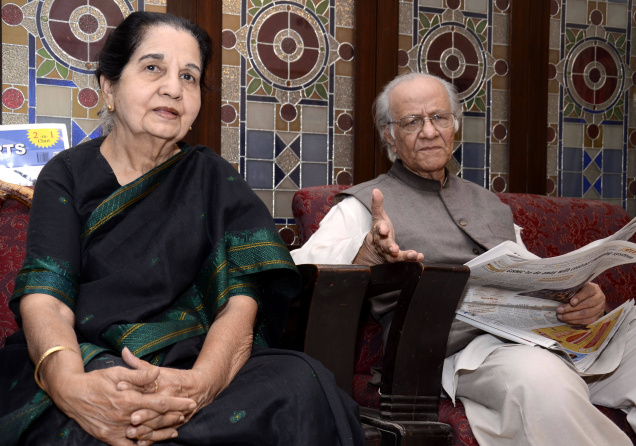 Jeelani Bano with writer husband Anwar Moazzam Photo: Nagara Gopal
Jeelani Bano with writer husband Anwar Moazzam Photo: Nagara Gopal
The Progressive Writers Movement and a desire to fight against social injustices made her what she is, says Urdu writer Jeelani Bano. Sohini Chakravorty goes back in time with her.
It has the power to arouse patriotic fervour and to evoke love and passion, and it can be our only company in melancholy – Urdu has always been synonymous with revolution, change, love and tehzeeb. It is also a language that is fighting hard for a place in an increasingly homogenised world. One of the beacons of Urdu is Padma Shri awardee, writer and poet Jeelani Bano.
Time has stopped in her tranquil house, where words like courtesy, history and heritage still hold meaning. Originally from Badayun, Uttar Pradesh, her family made Hyderabad their home and it is in this home that she was exposed to the eclectic world of poets, writers, revolutionaries, musicians and artists. Her father, Hairat Badayuni, was also a well-known poet of his time. “We grew up in an environment of mushairas, classical music concerts, sher-o-shayari. Writers from India and Pakistan were constant visitors in our house,” says Jeelani Bano, who started writing when she was just eight years old. Early in life she was exposed to the works of Faiz Ahmed Faiz, Saadat Hasan Manto, Ismat Chugtai, Maqdoom Mohiuddin, Krishan Chander and many other writers from the Progressive Writers Movement.
Even in an ambience of art and culture, there were restrictions and the strict diktats of the purdah system. “My mother was very particular and never allowed me to read Ismat Chughtai’s novels, which I used to hide and read,” the author reminisces. “We were not allowed in the room where poetry recitations and concerts used to go on. Instead, we used to sit in the angan of our house and listen to it from a distance. Later, my brothers used to mimic the writers and poets and entertain us,” she laughs.
In such an environment, her sensibilities of a writer germinated. On a visit to her governess’s village, she got the idea for her first short story, Mom ki Mariyam, about the exploitation faced by the villagers. She then sent her story anonymously to a magazine, which later published it. “People who read the story were outraged and complained to my Abba that how he could allow me to write such a story. I was very scared when he showed my story to Maqdoom Mohiuddin, but he put a hand on my head and said he was very happy that I showed such depth at such a young age. He asked my father not to stop me again,” she says.
Jeelani Bano’s life took a turn when she got married while still studying at Intermediate. It was only after marriage that she completed her masters in Urdu Literature and came out of purdah. She attributes much of her inspiration and success to her husband Anwar Moazzam, a writer and former head of the department of Islamic Studies at Osmania University.
Her works, amounting to over 22 published books including poems, short stories, novels and a screenplay for Shyam Benegal’s film Well Done Abba, have been translated into various Indian and international languages. Her stories have mirrored the social issues and causes of her time.
Whether it is against the plight of the bonded labourers in Paththaron ki Barishor against divisive politics and power wielded by politicians in Raasta Band Hain, she feels that it is the duty of a writer to protest against the evils of society and guide its people in the right direction. She says, “I am aware of things around me and any kind of news becomes an afsana for me. I don’t sit behind closed doors and write on romance and family feuds.”
It is her sense of social awareness that made Jeelani Bano the chairperson for Youth for Action, Principal Advisor, Child and Women Human Rights, International Human Rights Association (India) and chairperson of Asmita, an NGO dealing with women’s rights.
The author feels, however, that writers or the government cannot be blamed for the fading influences of Urdu and other regional languages. “We are responsible for the fading of Urdu language. We are not teaching Urdu to our children. Urdu was never a commercial language when compared to English but to protect the language we need to teach our children at home,” she says.
The writer agrees the language has undergone change over decades with the influences of regional dialects. Like any Hyderabadi, she is passionate about Dakhini Urdu and feels the need to preserve the language for future generations. “The Urdu spoken in Delhi or Lucknow is different from what we speak here in Hyderabad. Influences of Telugu are present in Dakhini Urdu,” she explains. She has over 20 recordings of Dakhini Urdu, which represents the language spoken across various demographics.
“Changes are good and a city is bound to undergo changes with time,” says the writer. “But the common people and people on the street should not pay for it. That is why I became a writer, to speak against the injustices of society.” And she has chronicled the history of Hyderabad right from the days of Nizam in her book Aiwan-e-Ghazal.
In the age of social networks and power of electronic media, she feels that to engage young people it is imperative to narrate stories that are reflective of and relevant to contemporary society. And indeed her voice is completely in sync with the changing tides without putting any of the old tehzeeb on a guillotine.
Yesterday once more
It is not just Jeelani Bano’s captivating stories and feisty views on an ailing society that keep her conversation sparkling. She also shares anecdotes about her close association with some of the finest writers and artists of the day. Paintings by M.F. Hussain, a regular visitor to the house, adorn the walls of her living room. “Ismat aapa used to call me beti and I used to stay with her frequently. More than writing, I think I learnt cooking from her,” says the amused author. Apart from receiving constant encouragement from Rajinder Singh Bedi and Krishan Chander, Jeelani Bano sent her first published book to Faiz Ahmed Faiz when he was just out of prison in Rawalpindi. “Back then it was a tradition to send the first publication to the writers across. When I sent Faiz my book, he replied with a handwritten letter saying he appreciated my work.” Some of her correspondence with other writers appears in her book Door ki Aawaazen.
source: http://www.TheHindu.com / Life & Style> Society / by Sohini Chakravorty / January 19th, 2012
